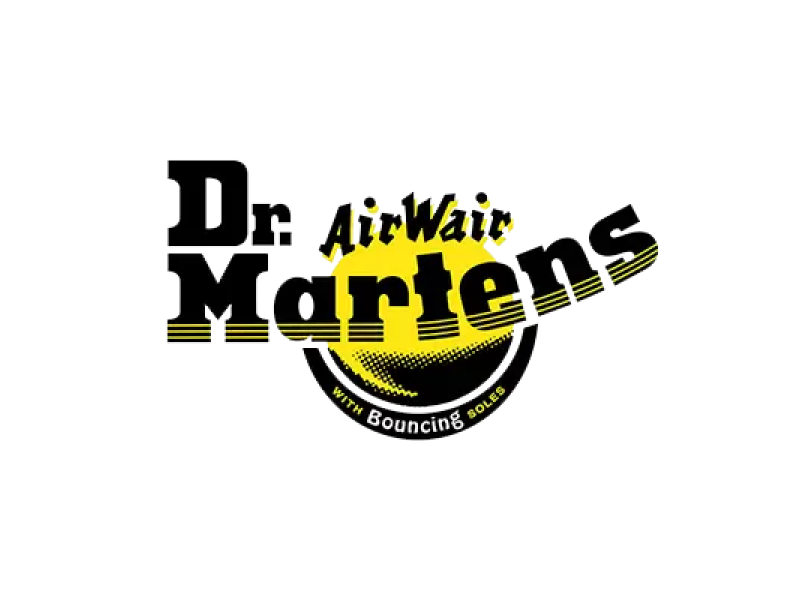Microsoft Dynamics is an array of business applications designed to meet the diverse needs of organizations. With a vast range of tools covering Customer Relationship Management (CRM) and Enterprise Resource Planning (ERP), Microsoft Dynamics equips businesses with the means to streamline operations and drive growth.
What is Microsoft Dynamics?
Microsoft Dynamics is a comprehensive and powerful suite of business applications, supporting organizations digital transformations, leading to operational excellence, and driving success in the modern business landscape.
On the ground level, Microsoft Dynamics depends on CRM and ERP features. The Customer Relationship Management (CRM) capabilities lets organizations with tools for sales automation, forecasting, and pipeline management.The Enterprise Resource Planning (ERP) features go beyond transactional processes, providing insights, budgeting, forecasting, and reporting.ERP includes additional modules for financial management, human resources management, manufacturing management, inventory management, purchasing management, and quality management.
Microsoft Dynamics leverages advanced technology such as cloud computing, artificial intelligence (AI), and the Internet of Things (IoT). This means businesses can access real-time data, leverage AI-driven insights, and harness the potential of IoT in their operations.
How does Microsoft Dynamics work?
On a fundamental level, Microsoft Dynamics uses a relational database management system (RDBMS) to store and manage crucial business data. This database acts as the framework for organizing, retrieving, and analyzing information related to customers, ensuring data consistency and providing a holistic view of an organization’s operations.
Organizations use Microsoft Dynamics to streamline their sales processes by tracking leads, managing opportunities, and automating sales workflows. Assisting marketing teams with design and execution of targeted campaigns, capturing customer insights, and measuring campaign effectiveness. The solution further facilitates effective customer service management, allowing organizations to handle inquiries, track support cases, and deliver personalized customer experiences.
Key benefits of Microsoft Dynamics
Microsoft Dynamics is a comprehensive solution for organizations seeking to improve their operational efficiency and customer engagement. Its suite of tools offers a robust framework for managing relationships, simplifying core operations, deriving actionable insights, and giving scalability and integration across diverse platforms.
Comprehensive CRM and ERP functionality:
As a unified suite of business applications, Microsoft Dynamics combines strong CRM and ERP functionalities, as well as providing organizations with a holistic view of their customers, ensuring more effective sales, marketing, and service management. In addition to this, these ERP capabilities include powerful tools for managing finances, supply chains, and operations, facilitating streamlined processes and informed decision-making.
Cloud-based flexibility and security:
With its cloud-based deployment options, Microsoft Dynamics provides businesses with enhanced flexibility and accessibility, supporting remote access, real-time updates, and collaboration across teams and locations. Additionally, Microsoft’s security measures, including encryption, data backups, and compliance certifications, ensure the protection and confidentiality of critical business information.
Extensive partner ecosystem and support:
Microsoft Dynamics boasts an extensive partner ecosystem, offering a wide range of industry-specific solutions, integrations, and expertise. This ensures that businesses can find tailored solutions and receive specialized support to meet their unique requirements. The vibrant community and resources provided by the ecosystem enable businesses to maximize the value of their Microsoft Dynamics implementation.
Who uses Microsoft Dynamics?
Microsoft Dynamics is utilized by a wide range of organizations across various industries to improve their operations and enhance business processes.

Dr. Martens, a renowned footwear brand, leverages Microsoft Dynamics for efficient supply chain management, inventory tracking, and customer engagement. By integrating their systems, Dr. Martens can effectively manage manufacturing processes, track stock levels, and provide personalized customer experiences.

Mercedes-Benz, a leading automotive manufacturer, employs Microsoft Dynamics for diverse functionalities. From managing dealer networks and tracking sales performance to after-sales service management and customer relationship management, Mercedes-Benz ensures seamless operations across their global operations.

Coca-Cola, a beverage industry giant, utilizes Microsoft Dynamics to optimize sales and distribution operations. With features like sales forecasting, territory management, and trade promotion management, Coca-Cola efficiently manages its vast distribution network, ensuring product availability and driving revenue growth.
Addressing the limitations of Microsoft Dynamics
High cost of ownership
Microsoft Dynamics is known for its comprehensive functionalities, but this often comes with a higher price tag. The initial licensing costs, ongoing maintenance fees, and expenses associated with training and support can make it a substantial investment for organizations, especially smaller ones with limited budgets.
Potential integration challenges
Integrating Microsoft Dynamics with existing systems, such as legacy applications or third-party software, can pose challenges. Compatibility issues, data migration complexities, and the need for system modifications can create hurdles and additional costs during the integration process.
Limited scalability for complex organizations
While Microsoft Dynamics is suitable for many businesses, larger or more complex organizations with unique requirements may encounter limitations in terms of scalability. Adapting the system to intricate processes and high transaction volumes may require extensive customization and additional development work.
Dependency on Microsoft ecosystem
As a Microsoft product, Microsoft Dynamics relies on the overall ecosystem and updates provided by the company. This means organizations using the software may be subject to potential disruptions or delays when it comes to receiving new features, bug fixes, or compatibility updates.

